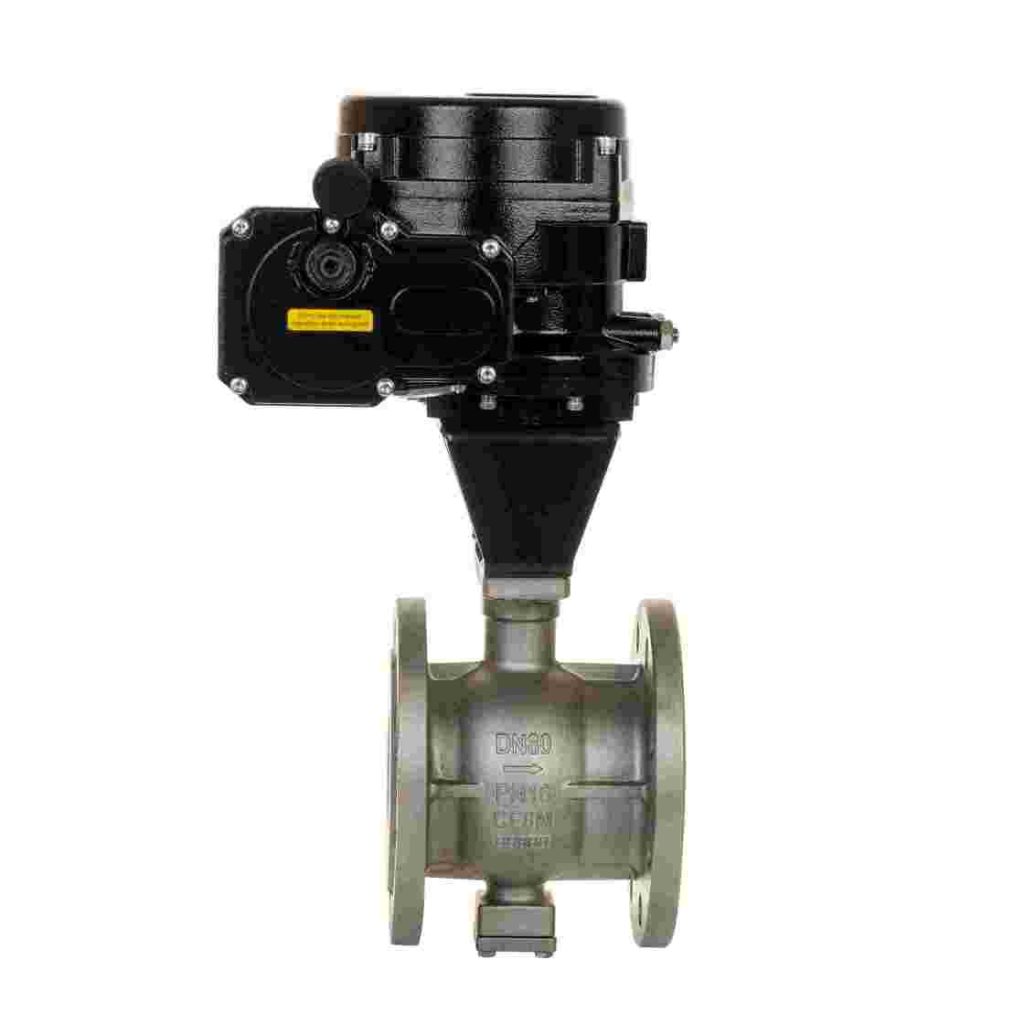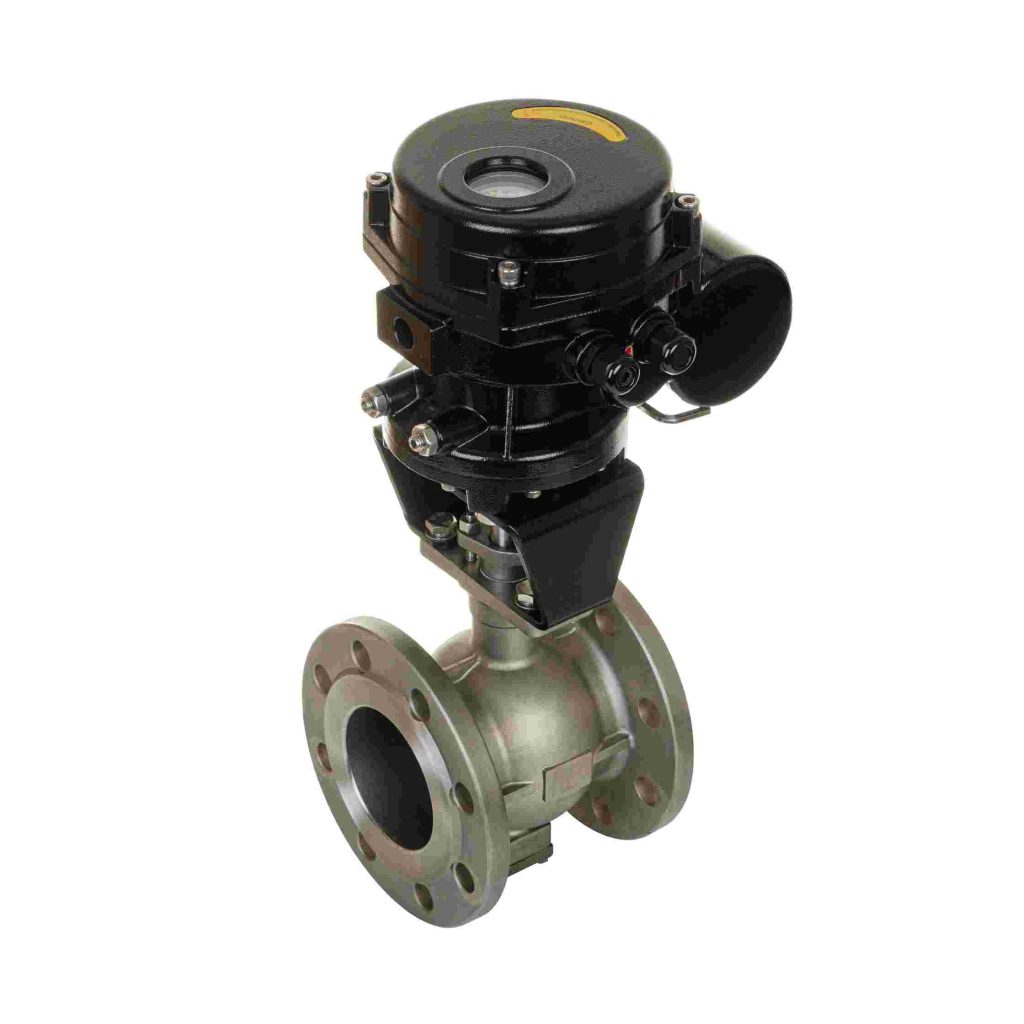In the realm of modern technology, the demand for efficient and reliable power sources has led to the widespread adoption of lithium batteries in various applications. From smartphones to electric vehicles, lithium batteries offer a lightweight and high-energy solution. However, with the advantages of lithium batteries come certain challenges, particularly concerning safety and performance. One component that plays a crucial role in enhancing the safety and functionality of lithium batteries is the Lithium Battery Power Off Reset Valve.

What is a Lithium Battery Power Off Reset Valve?

A Lithium Battery Power Off Reset Valve is a safety mechanism designed to prevent overpressure situations within lithium battery packs. These valves are typically found in rechargeable lithium-ion batteries used in consumer electronics, electric vehicles, and renewable energy storage systems. The primary function of the reset valve is to ensure that if battery cells undergo excessive pressure buildup, typically due to thermal runaway or cell failure, the excess pressure can escape safely without harming the battery or the surrounding environment. How Does It Work? The Lithium Battery Power Off Reset Valve operates based on pressure differentials within the battery cells. Under normal operating conditions, the valve remains closed, maintaining the integrity of the battery pack. However, if a fault occurs—such as overheating caused by overcharging, a short circuit, or physical damage—the internal pressure can rise dramatically.
